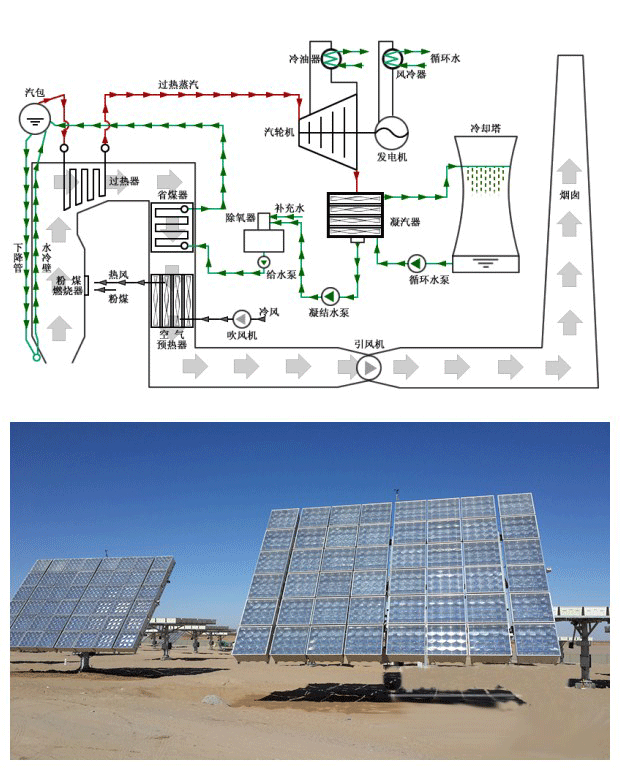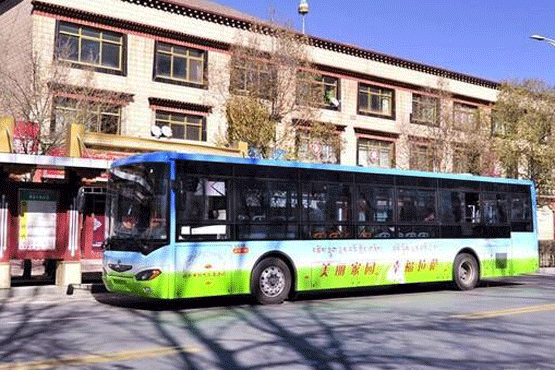Green transformation and low-carbon life in Tibet

After the world leaders talked over climate change issues in Paris, China took on its due responsibility as a major power, announcing on Dec. 2 that China will reduce 60% of the emissions of major pollutants in the power sector before 2020.

All take actions to protect environment for a low-carbon life. As for the people of various ethnic groups in Tibet, known as the "Third Pole" of the world, how do they realize green transformation and enjoy low-carbon life?
Changes in energy structure

From power grid to solar lights. Since 2010, Lhasahas begun to make use of low-carbon energy, adding about 1,200 solar street lamps.

From an area wreathed in mist to a bright attraction. Since 2010, Tibet has begun to launch biogas project in the agricultural and pastoral areas if feasible, and completed construction of 225,000 methane tanks in rural areas.

From coal power and hydropower to solar power. The 1 MW concentrated solar power station in Liuwu New District in Lhasa has had the ability in power and heat supply in 2015. It is now in the phase of trial operation.
Changes in heating system

From burning bricks to using new materials. Use of solid clay bricks is prohibited throughout Lhasa, and various kinds of new materials for wall are being actively popularized. The “no-solid-clay-brick” implementation rate reaches 80% in the city, and the proportion of applying new materials for wall exceeds 35%.

From heating around the fire to photovoltaic geothermal heating. In 2012, an investment of 10.27 million Yuan was made in building the geothermal heating projects for the government seat of Damxung County and Damxung NursingHome respectively, covering a total area of 15,000 square meters. About 900,000 kwh can be saved every year.

From cow dung heating to natural gas heating. According to statistics, the implementation of heating projects in Lhasa effectively reduced carbon dioxide emission by about 180,400 tons, sulfur dioxide emission by about 1,652 tons, nitrogen oxides emissions by 510 tons or so, soot emission by nearly 2,544 tons, and 13,900 tons of slag, protecting the natural environment of the snow plateau to certain extent.
Changes in travel awareness

From heavy-carbon emissions to environmental protection. Over 500 public bikes are available on the streets in Lhasa, bringing convenience to the citizens and also enhancing their awareness of green travel.

From popular private cars to buses mainly. Since November 16, 2015, the bus charge has been only 0.6 yuan by using Union Pay IC Card and Bus Union Pay Card throughout the Tibet Autonomous Region, not only providing economical travel mode for citizens and but also cultivating their awareness of carbon emission reduction.

From traditional oil to new energy. A total of 148 new energy buses have debuted in 2015, including 27 pure electric buses and one solar bus. Moreover, 893 taxis using gas instead of oil and eight pure electric taxis have also begun pilot operation.
Your Comment
Name E-mailRelated News
-
;
-
-
APEC energy ministers meeting encourages low carbon model cities, low emission energies
The energy ministers from Pacific Rim economies wrapped up one-day meeting in central Japan Saturday with a declaration to promote low-carbon model cities and low- emission energies.
-
-
-
Quake-hit residents in Sichuan rebuild homes with "low carbon" reconstruction effort
In a green valley of Guangyuan city in southwest China's Sichuan Province, people are busily working to rebuild their homes, schools and hospitals, which were devastated during the May 12 earthquake last year.
-
Based in Lhasa, Tibet Vista is a Tibet travel agency that specialized in Tibet permit, and Tibet tours for both private and group travelers at a local price!
•4 Days Lhasa City Group Tour from USD 460 •8 Days Everest Base Camp Group Tour from USD 850 •15 Days Mt.Kailash Group Tour from USD 1780 •2016 Tibet Train Tours from Beijing, Shanghai, Chengdu, Xining,etc










